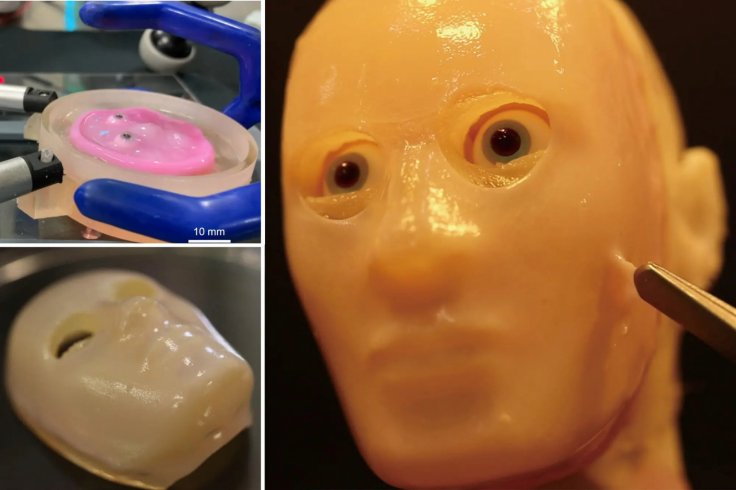Japanese researchers at the University of Tokyo have achieved a breakthrough in robotics by creating a humanoid robot with "living" skin. Led by Professor Shoji Takeuchi, the team unveiled their creation on Wednesday, June 26.
Takeuchi explained that the inspiration came from earlier experiments with engineered skin tissue on a finger-shaped robot. "We needed better adhesion between the robotic features and the skin's subcutaneous structure," he noted.

The team devised a method mimicking human skin-ligament structures and using specially designed V-shaped perforations in solid materials. This approach allows the skin to move seamlessly with the robot's mechanical components without tearing.
"Our goal was to replicate a human-like appearance," Takeuchi stated, emphasizing the importance of incorporating surface wrinkles and a thicker epidermis. He highlighted future plans to integrate sweat glands, sebaceous glands, pores, blood vessels, fat, and nerves to enhance realism.
📰 Weird News: Japanese engineers have create robot with a face made of living human skin.
— The Calvin Coolidge Project (@TheCalvinCooli1) June 29, 2024
pic.twitter.com/N4UueH23jx
Beyond appearance, the researchers aim to imbue the robot with human-like movement and expressions. "This includes sophisticated actuators or 'muscles' inside the robot," Takeuchi explained. The ultimate objective is to create robots capable of self-healing, accurate environmental sensing, and performing tasks with human-like dexterity.









